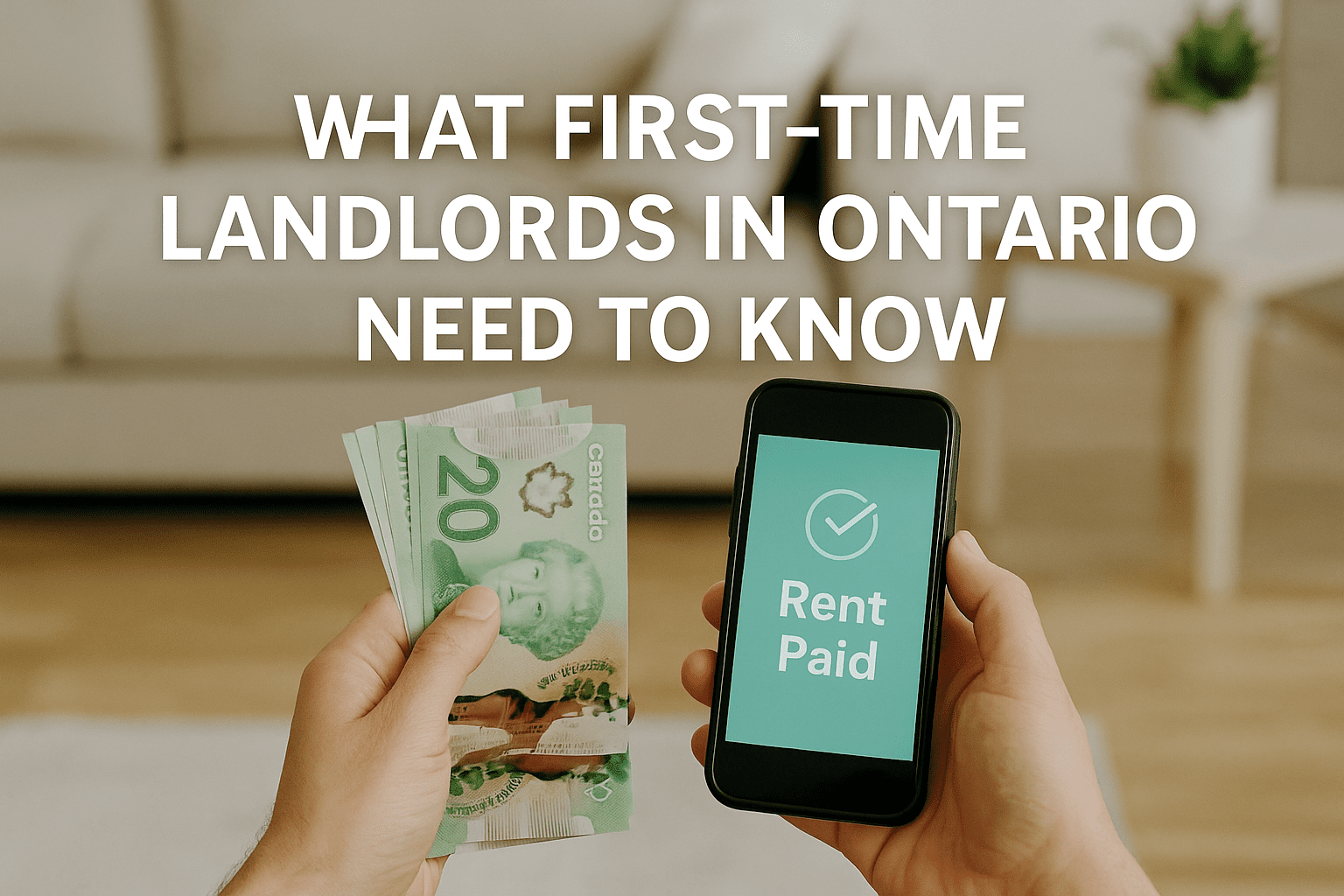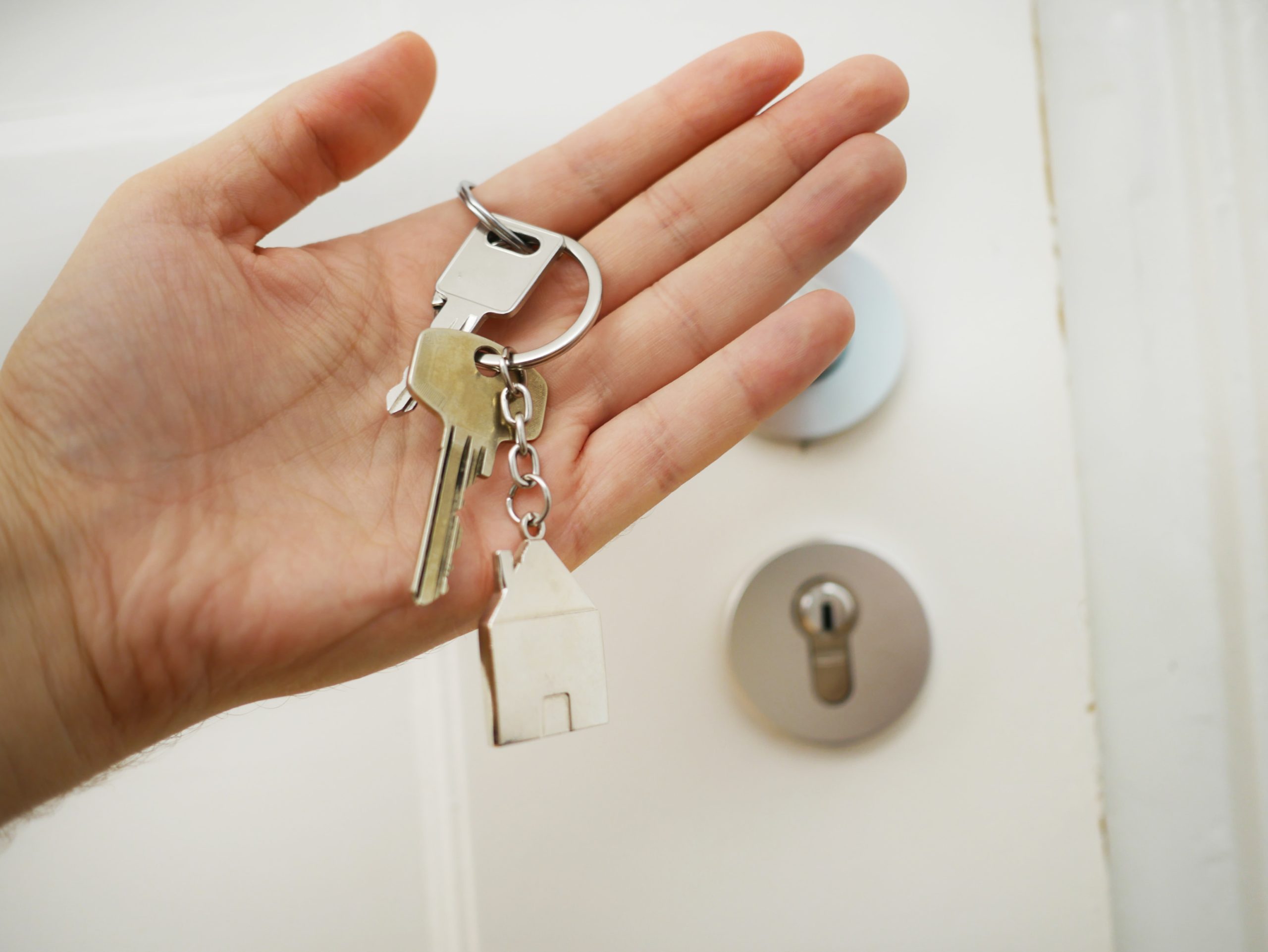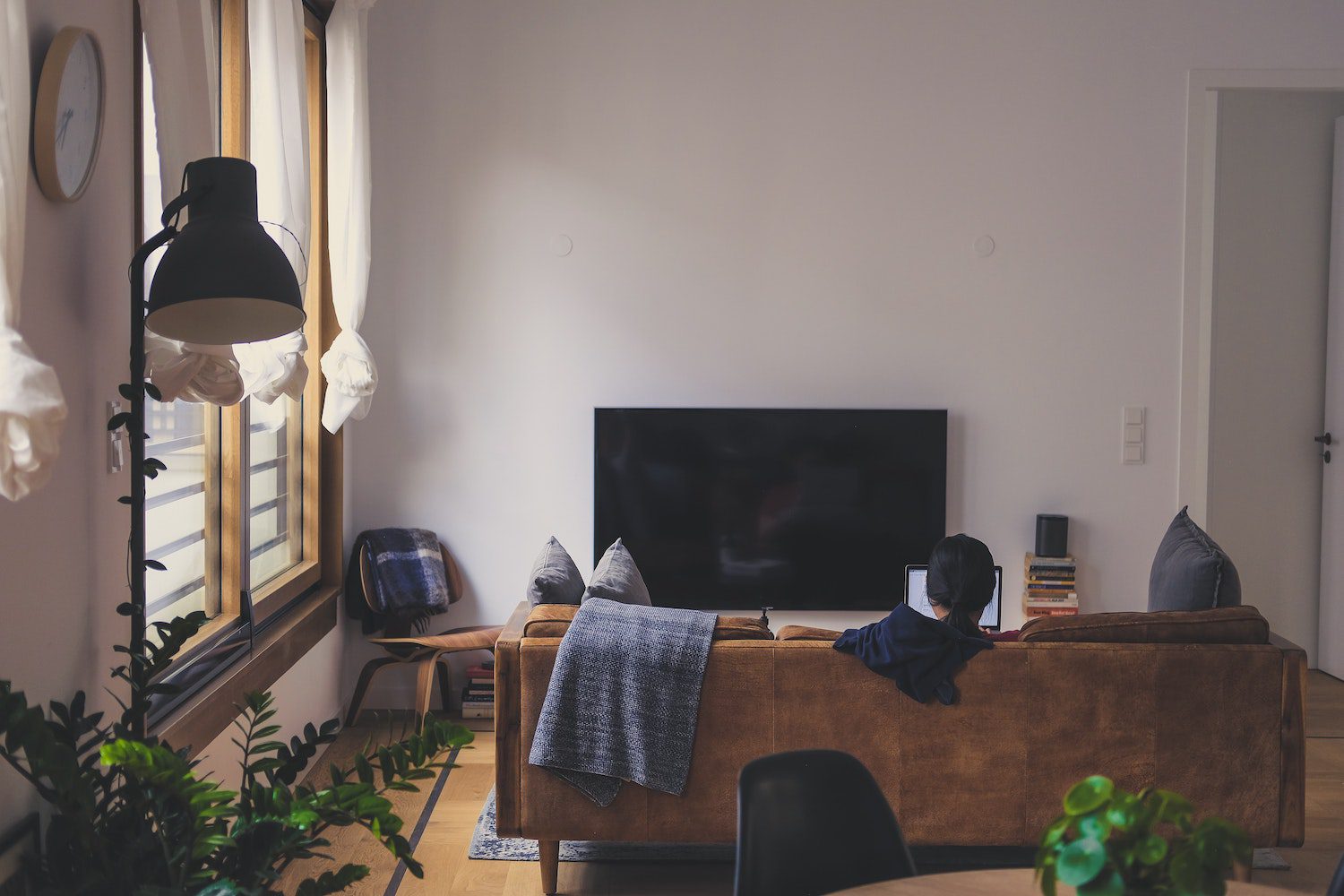Lets Talk Investing!
Click HereGetting Started
So you’re thinking about becoming a landlord in Ontario? I get it—with rent prices going through the roof and everyone scrambling for affordable housing, 2025 feels like the right time to jump in. But here’s the thing: if you’re new to this game, you’ve probably got a million questions swirling around in your head. What am I actually getting myself into? Do the numbers really add up? And honestly, can I find something that’ll actually put money in my pocket from day one?
Let me break it down for you—the real deal about being a landlord in Ontario right now. Plus, I’ve got a property listing that might just be exactly what you’re looking for.
Why Everyone’s Suddenly Interested in Rental Properties
Here’s what’s happening in Ontario’s rental market this year—it’s tighter than a jar of pickles. People are desperate for decent long-term rentals, especially in places like Belleville and Quinte West where you can still find reasonable prices. We’re talking $2,000+ for a basic 1-2 bedroom unit in most parts of the province now. And those government housing promises? They’re still years away from actually helping anyone.
More folks are realizing that real estate—even the modest stuff—can do double duty: put cash in your pocket every month while building wealth for the long haul. When everything else is getting more expensive, having a rental property that pays for itself is starting to look pretty smart.
The Real Scoop on Being an Ontario Landlord
Look, being a landlord isn’t rocket science, but there are some rules you need to know:
Rent Control: If your unit was first occupied after November 15, 2018, you’re not stuck with Ontario’s rent control guidelines. That means you can actually set market rents—pretty handy.
The Paperwork: You’ve got to use Ontario’s Standard Lease form. No exceptions.
Checking Out Tenants: Services like Equifax make it easier to verify income and credit scores. Trust me, this step matters.
Keeping Things Running: You’re responsible for keeping the place in good shape. It’s part of the job.
The Legal Stuff: The Landlord and Tenant Board handles disputes and evictions. Hopefully you’ll never need them, but they’re there.
The good news? There are tons of tools now to make this easier—digital rent collection, automated bookkeeping, the works. Most first-time investors I know are picking properties that are already updated and in areas where finding tenants is a breeze.
What Makes a Killer First Investment Property
Here’s what you should be hunting for:
- A price that won’t make you lose sleep (under $300K is like finding a unicorn these days)
- Clean, functional layout—bonus points if it’s already been renovated
- Low property taxes and minimal maintenance headaches
- Strong rental demand (think near schools, jobs, or transit)
- Tenants handle their own utilities (this is huge)
Let’s Talk Real Numbers
Alright, here’s where I stop talking theory and show you something real.
There’s this property at 19 Victoria St. in Stirling, listed at $249,900( you can find the listing here). It’s a fully detached home right in Stirling. Updated, efficient, and in an area where tenants actually want to live. It hits every mark for a first-time investor:
- Expected rent: $1,750–$1,850/month (plus utilities)
- Property taxes: Only $881/year
- Utilities: Tenants pay everything
Let me show you how this actually works with real numbers:
If you put 20% down:
- Purchase Price: $249,900
- Down Payment: $49,980
- Mortgage: $199,920 over 30 years
Your monthly mortgage payment:
- Fixed at 4.5%: $1,012.97
- Variable at 4.0%: $954.45
Your other monthly costs:
- Property Taxes: $73.42
- Insurance: ~$100 (estimate)
- Maintenance Fund: $90 (always set aside 5% of rent)
Total monthly expenses:
- With fixed rate: $1,276.38
- With variable rate: $1,217.87
Here’s where it gets interesting—your cash flow:
| Monthly Rent | Fixed Rate Profit | Variable Rate Profit |
|---|---|---|
| $1,750 | $473.62 | $532.13 |
| $1,850 | $573.62 | $632.13 |
That’s real money in your pocket every month. And finding something under $250K that actually cash flows? That’s getting harder to find.
The Bottom Line
If you’ve been thinking about getting into real estate investing but don’t want to deal with a multiplex or a fixer-upper nightmare, 19 Victoria St. might be exactly what you need. The numbers work, the market’s there, and the opportunity is sitting right in front of you.
Want to know more about this property or see what else is out there? Let’s chat — I’d rather help you make a smart first move than watch you miss out on something good.
All figures are estimates based on June 2025 data. Mortgage rates and costs will vary. Always consult with your lender or financial advisor for personalized advice.








